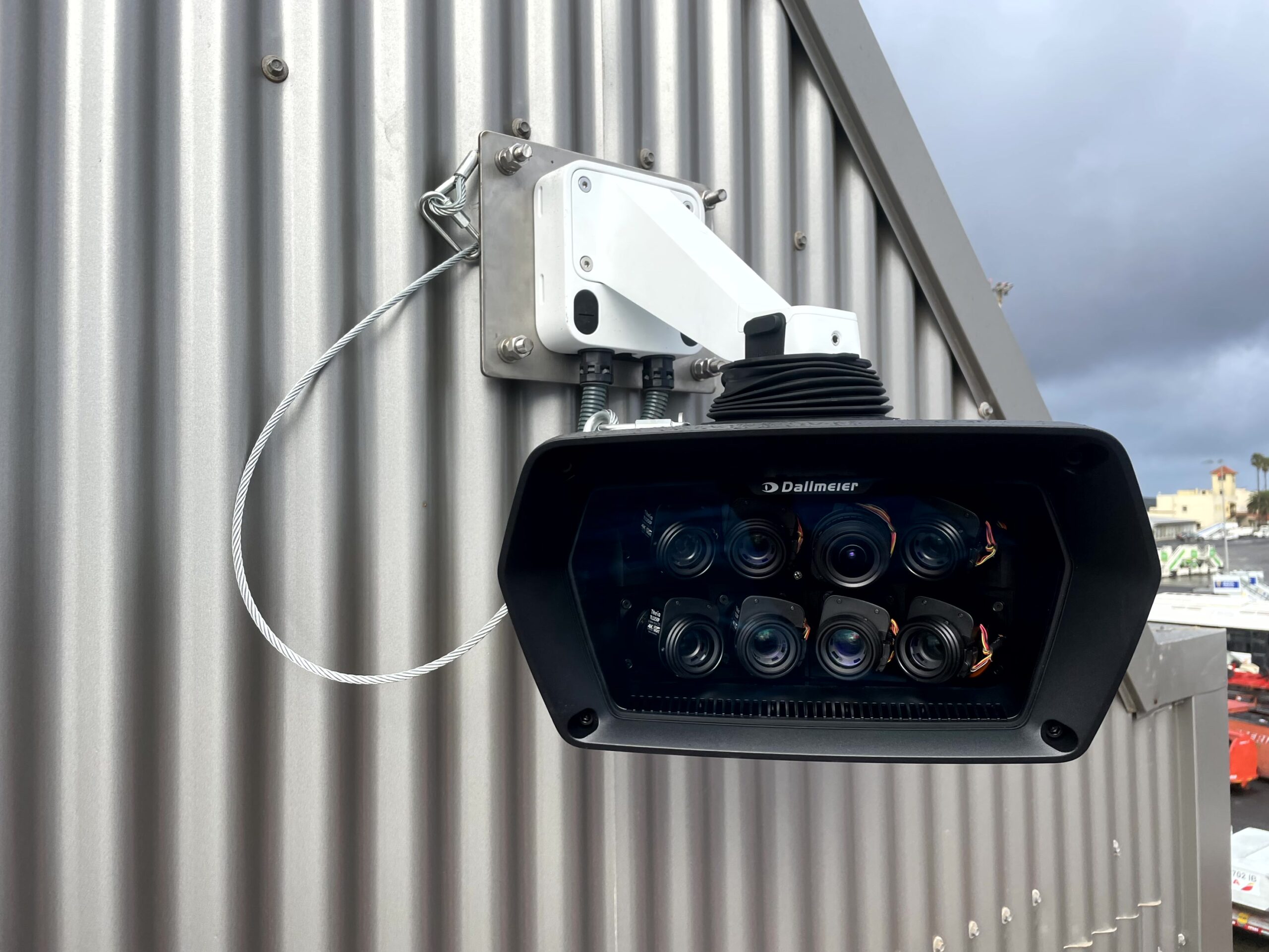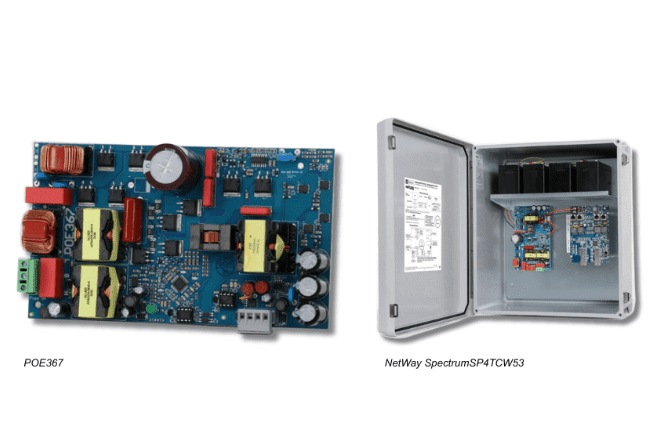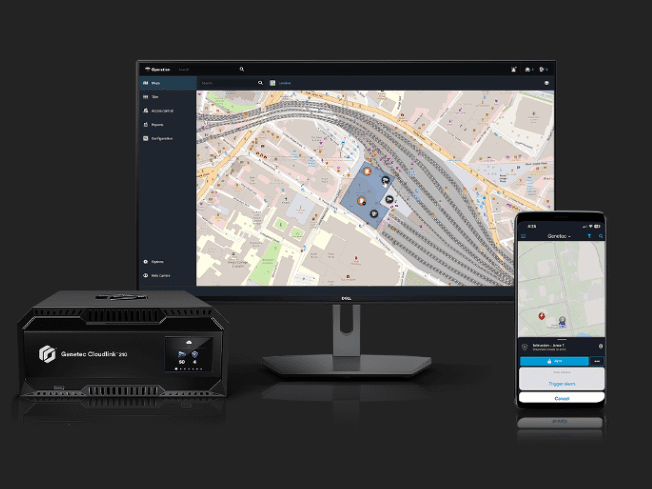Aida Hosseini – Global Marketing Manager at Fingerprint Cards discusses why biometrics provides retailers security, trust and competitive advantage.
From the goods and services we buy to the stores we visit, brands make up a big part of a consumer’s decision-making process. And the same is true for our finances.
Traditionally, consumer banking has been dominated by long-established, highly recognizable names. This has meant that many consumers adopted a ‘bank-for-life’, but this has changed. Most recently, neo banks and fintechs have made the headlines but retailers, airlines and other non-traditional providers have also carved out their share of financial services. Alongside savings, loans, mortgages, and insurance, many retail brands now issue credit and debit cards.
Many of these brands have a specific customer demographic and a card strategy to match. One common approach often sees them tie their card products to wider reward programs such as points or air miles.
But what else can retailers that are card issuers do to increase competitiveness and protect their loyal customer base? Much like their traditional banking counterparts, there’s an opportunity to consider biometrics as a key security and continence differentiator within card strategies.
CX appeal
With 77% of consumers using their card weekly or even daily, contactless cards are the most-used payment method in store. Consumers praise contactless payments for its user-friendliness and 63% of consumers would like to use the payment method even more in the future.
Customers are increasingly aware of their privacy and security, though. Over the years, payment card technology has evolved significantly from embossed cards and magstripes through to Chip&PIN and contactless.
Each technology brought greater security and often a change in the user experience. The introduction of contactless payments was one of the few developments to notably improve convenience. But convenience can come at the cost of security.
53% of UK consumers claimed that they were worried about the risk of contactless fraud should their card be lost or stolen. And this was before the £100 limit came into play, potentially exposing consumers to much greater financial risk – particularly since contactless cardholders can now spend up to £300 without needing any form of authentication. It’s no wonder that the payment method has been publicly labelled a ‘thief’s dream’.
On top of this, there are signs that the rises in contactless limits have created even more confusion, with some retailers not adopting the new limits. This leaves consumers unsure how much they can spend with a tap.
Adding a fingerprint sensor to payment cards addresses all of these points. Every transaction can be authenticated strongly, while retaining the swift and convenient contactless experience that cardholders love. Issuers that introduce biometric payment cards can also enable their customers to tap and pay for any amount, every time and never have to worry about the payment cap again.
Moreover, biometric payment cards are a way to harmonize the payment experience. Consumers are already used to unlocking their smartphone with a fingerprint sensor. With mobile payments and banking apps on the rise, biometric authentication is now increasingly common in consumer finance. By offering biometric technology in payments cards, banks can offer their customers the same convenience and security they are used to from their mobile banking.
Retain & attract cardholders
Growing your customer base is retail issuers’ best way to increase revenues from card schemes, particularly considering 50% of consumers are willing to pay extra for a biometric payment card. 56% of issuers have also said they could bundle biometric cards with other value-added services, creating new differentiation in the market and compelling propositions for current and potential cardholders.
Creating these value-added services is not only important for driving revenue from customer acquisitions, but also for reducing the cost of losing customers. To regain a lost customer takes 5 times the cost of keeping one, and with consumers increasingly ‘shopping around for financial services’, retaining them with up-to-date and value-adding services is crucial.
Besides supporting customer acquisition and retention, biometric technology itself can also increase revenue by reducing fraud and increasing transaction volumes. Not to mention the savings from reduced ‘lost PIN management’ internally!
Brand booster
Affluent, executive, and millennial consumers are often drawn to innovative design. It is no surprise, then, that 48% of consumers would like a biometric card, and 62% would even switch banks to get one. This shows the excitement around the technology, both for functional and emotional reasons.
What exactly are consumers looking for in their payment card, then? Our research found that ‘modern’ and ‘personalized’ cards are the highest-rated design traits for consumers. Most importantly, they want a card they feel they can show off and that is intuitive to use.
This is where biometric payments cards can help retail issuers boost their brand image. Beyond the security and convenience that biometric cards offer, the technology brings a sense of futuristic innovation to consumers’ favorite payment method. By offering consumers this latest technological advancement banks can stay ahead of the curve, thereby increasing customers’ loyalty and, crucially, attracting new customers.
Banks around the world are already moving with more than 30 pilots and commercial roll outs in progress. All issuers – retailers, airlines and more – can benefit from this next evolution of payment cards. And they can benefit now.
Card manufacture and personalization partners have already adopted biometric cards and can do so swiftly, thanks to extensive work to pre-certify the technology, ensuring it integrates seamlessly into existing manufacturing processes.
For retailers and other non-traditional issuers, biometric cards offer a way to differentiate from the crowd to drive customer acquisition, build loyalty through an improved user experience and build trust with the most secure payment card on the market. And retailers with physical stores will even get higher throughput at checkouts as an added bonus!
To read more news and exclusive features see our latest issue here.
Never miss a story… Follow us on:
Security Buyer UK
@SecurityBuyerUK
@SecbuyerUK
Media Contact
Rebecca Morpeth Spayne,
Editor, Security Portfolio
Tel: +44 (0) 1622 823 922
Email: [email protected]


























